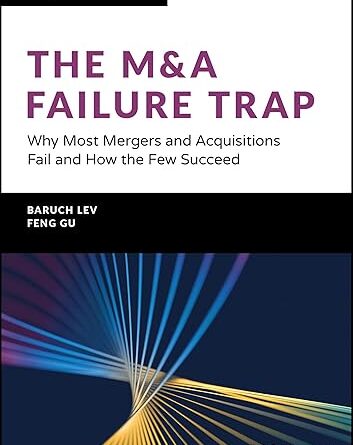
Most large active fund managers today have both fundamental and quantitative investment teams. Historically, these two groups have sat in separate silos, and for good reason: They have different approaches to the investment process and speak a different day-to-day language.
The root of the divide is their respective educational foundations. Fundamental investors study economics and learn a bottom-up investment process that seeks to identify the future value of a single stock. Quants learn math and engineering and take a top-down approach to investment decision making that starts with a vast quantity of market data.
Yet fundamental investors have begun to incorporate more quantitative screens and models into their fundamental research as relevant data becomes ever more accessible and data science tools more user-friendly. Most fundamental investors today have at least one usually spreadsheet-based quant screen — aimed at flagging valuation mismatches, environmental, social, and governance (ESG) scores, and the like — that influences their investment process. Some have many screens — and a resident quant analyst sitting next to them.
It’s a matter of evolution.
The term “quantamental” may have inspired more eye rolls than embraces in the market, but like it or not, even the most stubborn fundamental investors are becoming quantamental.
In many forward-thinking firms, heads of quantitative research are ascending to leadership positions where they are charged with bridging the gap between the firm’s fundamental and quant investors — or at least leveraging resources across both groups.
But finding common ground is easier said than done. Fundamental investors still hold most of the power within these firms and often have no interest in engaging with the quants. At best, they struggle to understand the language, and at worst, they see the quants as a threat. Meanwhile, true quantitative researchers often view fundamental investors as clinging to old and obsolete ways of thinking. Indeed, many quant-only shops emerged out of a rejection of the fundamental approach.
So, which of the two philosophies produces better returns? With scant academic research on the topic, there is no obvious answer. Campbell R. Harvey, Sandy Rattray, Andrew Sinclair, and Otto van Hemert compared hedge fund managers from 1996 to 2014, and found very little difference between systematic and discretionary manager performance, especially in equities. More recently, in a study of US equity mutual funds spanning 2000 to 2017, Simona Abis concluded that quant funds outperformed their discretionary peers in non-recessionary periods, but mutual funds beat their quant counterparts during recessions.
Both the fundamental and quant schools have their strengths. The former brings clear explanations, consistency across time and among opportunities, and subjective evaluations of complex topics. The latter meanwhile leverages the advantages of scale, objectivity, and sensitivity analysis. But these two philosophies have natural conflicts. It is hard to be simultaneously objective and subjective, to strive for clear explanations in the presence of convoluted equations, and to consistently identify true alpha-generating opportunities rather than data mining artifacts.
Yet on a recent call with a head of quant strategies for a large and predominantly fundamental asset manager, we explored the common ground between quant and fundamental investing — and I left even more convinced that success in today’s market requires a hybrid approach that leverages the best of both worlds.
As we explained that at Essentia we use behavioral analytics to help fundamental managers reflect on their own decision making, this quant head got really excited. “This is the same approach we would be taking to build a quant strategy,” he said. “We’re looking for the factors that make a difference to performance. But you guys are putting it into language the fundamental managers will understand and tools they will use. This will be intuitive for them. I could see this being really helpful.”
In other words, he identified behavioral analytics as a natural way for fundamental managers to fill a void in their process by applying quantitative analysis to their own decision making to test and fine-tune their existing, human-driven investing models.
And what if more quant managers put their own processes under such a microscope? After all, we’re all aware that quant models bake in the biases of their human creators. Moreover, few quant strategies are entirely computer-driven, day to day: Human decisions often override or at least update the model at regular intervals. While quants thoroughly test the algorithmic decisions their models make, they tend not to apply the same objective and rigorous analysis to their human decisions.
While fundamental and quant managers may not formally merge their investing approaches anytime soon, both will benefit by acknowledging that they increasingly combine human- and machine-led factors — just in different measures. And both will find value in reflecting on the quality of the decisions that are being generated by the investment process, whether that process is being driven more by humans or machines.
If you liked this post, don’t forget to subscribe to the Enterprising Investor.
All posts are the opinion of the author. As such, they should not be construed as investment advice, nor do the opinions expressed necessarily reflect the views of CFA Institute or the author’s employer.
Image credit: ©Getty Images / NordicMoonlight
Professional Learning for CFA Institute Members
CFA Institute members are empowered to self-determine and self-report professional learning (PL) credits earned, including content on Enterprising Investor. Members can record credits easily using their online PL tracker.









